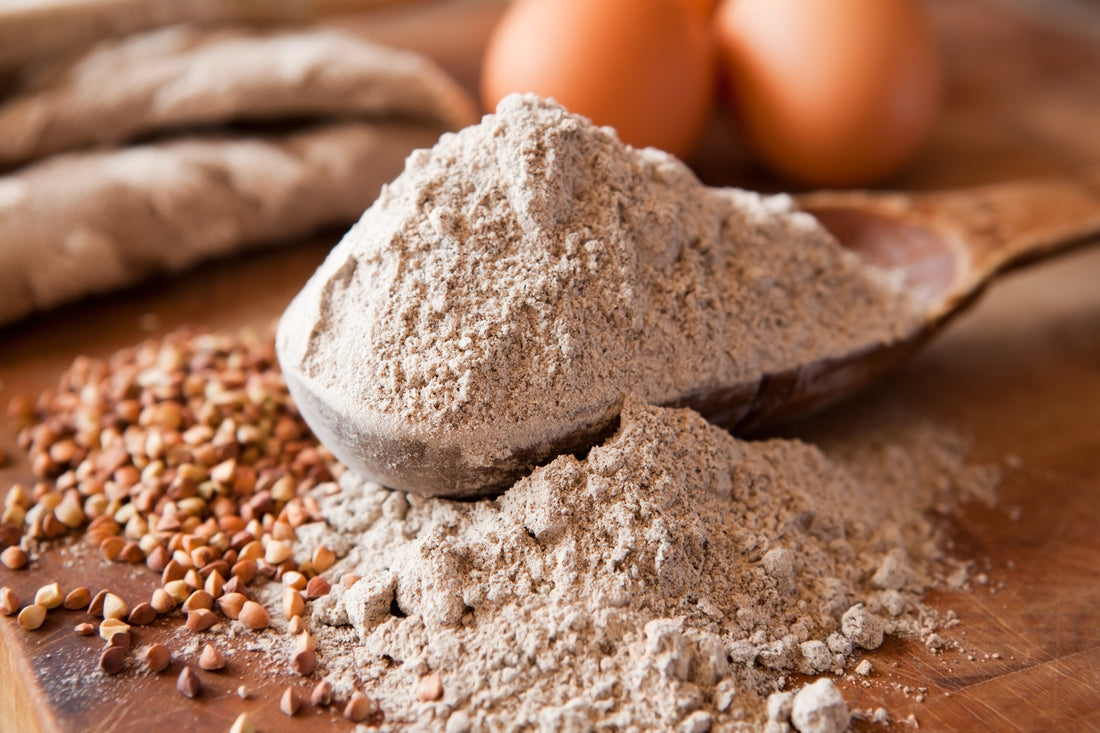Rutin is a flavonoid phytonutrient that has shown beneficial metabolic and vascular effects in clinical and preclinical work. Tartary Buckwheat has been found to contain about 100 times as much rutin as common buckwheat, which is itself a generous source of rutin. . Yet the rutin content of buckwheat diminishes greatly with cooking. This is because buckwheat naturally contains the enzyme rutinosidase, which converts rutin into quercetin and other metabolites upon sustained exposure to moisture or high temperature. While quercetin, rutosides, and other rutin metabolites also contribute to the health effects of buckwheat, rutin may present distinct advantages to healthy immunometabolic function.
In previous clinical research, high-rutin Tartary Buckwheat cookies providing 360 mg of rutin daily showed salutary effects on levels of blood lipids and of the oxidative stress biomarker myeloperoxidase within two weeks of regular consumption. In animals, oral rutin administration has led to improvements in measures of glucose, insulin, and lipid metabolism. Other preclinical research has also revealed positive findings with rutin regarding vascular and platelet function.
In this clinical trial, 144 non-obese male and female Japanese adults with an average age of 55 years were provided with foods based on either Manten-Kirari or wheat for controlled daily consumption over a period of 12 weeks. Subjects were evaluated at baseline and at 4-, 8-, 12-, and 15-week time points for anthropomorphic and laboratory measures.
High-Rutin Tartary Buckwheat Variety Shows Benefits for Energy Metabolism

KEY TAKEAWAY:
These Japanese researchers suggest that the advantages of Manten-Kirari consumption may relate to beneficial activities of its rutin and quercetin contents. These flavonoids have demonstrated influence on cellular energy utilization via activating AMP kinase and modulating other targets involved in cellular renewal and protection

